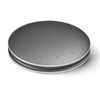This article is more than 1 year old
Heart part more art than state-of-the-art: Shine wearable activity sensor
I’m a lumberjack and I’m OK. I sleep all night and I work all day (it says here)
Axis powers
What the app calls your goal is a seemingly arbitrary numerical value towards which walking for ten minutes will contribute 100 points. Five minutes’ running or swimming will contribute the same amount. Based on your movement, the app calculates how many calories you’ve consumed and how far you have effectively travelled.
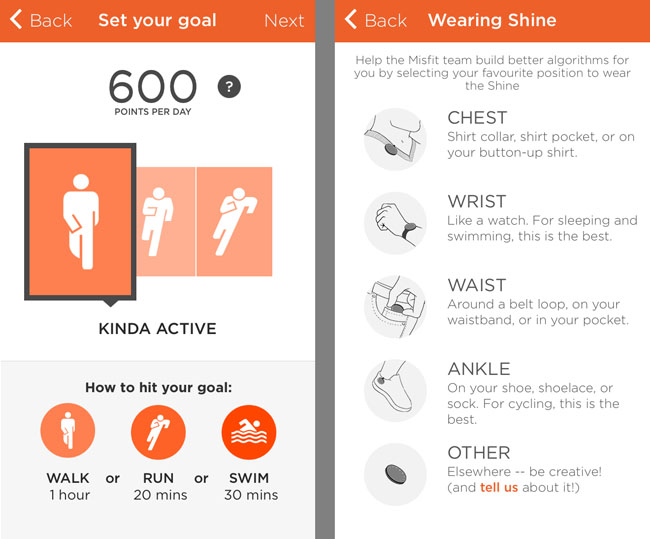
First, decide what you want to the Shine to measure and, next, where you want to stick it. Ahem...
It works out how many steps you’ve taken too. I say "works out" because I rarely got an accurate measure of the number of steps I took when walking, and usually a first check of the morning revealed I’d done a fair few steps without even getting out of bed. I can assure you, no other form of activity was confusing it, and I rarely get up during the night for a waz.
Clearly, then, the Shine is not for anyone who exercises sufficiently seriously to need a step-accurate pedometer count. I’m not one of those folk, so the gadget’s "close enough for rock’n’roll" approach is fine for me. It tells me how much I’ve walked during the day and how many calories I’ve burned while doing so, so I can feel suitably rewarded when I have a beer on the way home.
What it doesn’t do is provide any real qualitative analysis of your activity. The goal value provides an easy way to define a broad exercise target, but there’s nothing in the app to tell you what that means for your health and well-being.
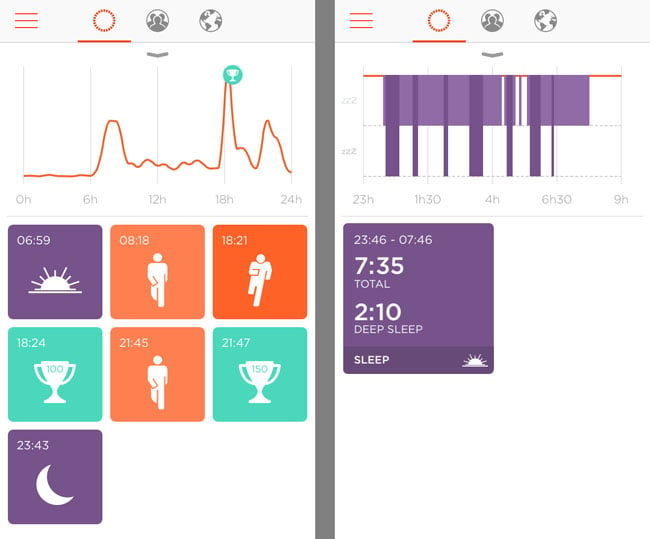
OK, so I got a trophy for walking, but am I getting a decent night’s sleep?
And what about other activities than walking, running or swimming? What about cycling? Misfit advises riders to wear the Shine around their ankle or clip it to their shoes. Clearly, it won’t accurately assess this particular activity if it doesn’t detect a regular, circular movement pattern. But put the Shine in the right place to track that motion, and it will add points to your daily - or weekly - tally.
But the app won’t yet tell you how long or how far you need to cycle to get a certain number of points. I suspect too that it’s not sensitive to road conditions: are you going up hill or simply pedalling more slowly? It doesn’t know. A good cyclist uses her gears to ensure she’s pedalling with a steady cadence, but not all of us manage that smoothly, or at all.
The same is true for walkers. Misfit admits that the Shine doesn’t detect stair climbing, so according to the Shine app, the London Underground escalators I always walk up and down may as well be flat. It doesn’t give me extra points or note a higher calorie burn on my ascent.
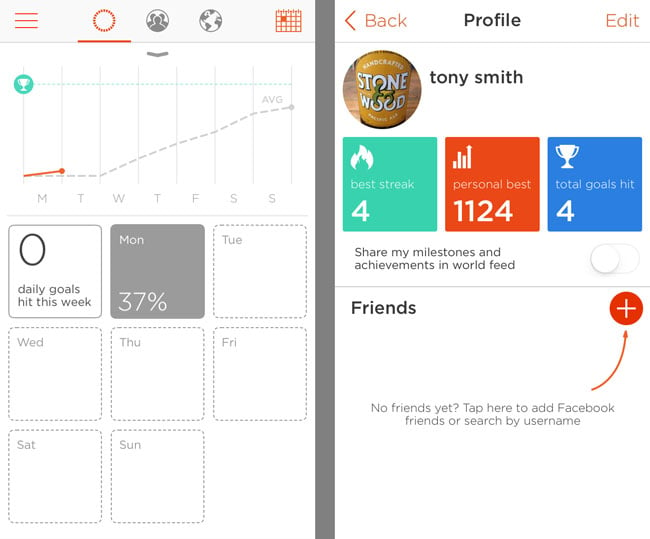
Track your progress and share it. If you must...
Cycling is one of six activities the Shine app will log specifically. The others are swimming, playing tennis, basketball or football, and sleeping. Not being remotely sporty, I tried the latter. Just triple-tap it to start logging. It gives you breakdown of the light and deep sleep stages of each night’s kip, and even my semi-regular 5am wake-up-and-do-the-mental-laundry - as the missus puts it - sessions.
Again, though, it doesn’t tell me whether my deep-to-light sleep ratio is good or bad, it merely logs it all without comment.
The unrestrained social sharer is catered for, so they can see how well chums are pursuing their Shine activity goals, and to share their own scores, either with pals or world+dog. Sharing centres on the achievements the Shine app dishes out, not the data itself. You can work solely through the app, or tie it in to your Facebook account.
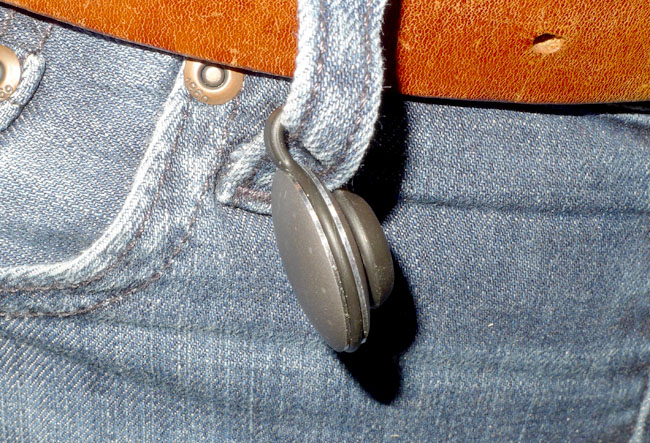
Stick it on your strides
The Reg Verdict
The Shine is an attractive enough gizmo, and if you’re curious about quantifying your level of activity - or your sleep patterns, it has its appeal. It’s not a bad product, but why choose the £99.95 Shine when you can have, for instance, a Fitbit Flex for £79.95 and which is just as discreet and provides a more qualitative assessment of your activities. It also has an on-board buzzer to wake you up, something the Shine lacks, though neither has a heart-rate monitor, which seems an odd omission for devices worn next to the skin.
The Flex comes with a dongle for computer syncing and a web-based UI, but the Shine app manages well enough. The downside with the Flex: its integrated battery needs to be charged every 3-5 days. The Shine’s use of a coin battery is much more convenient, but I’m not sure it’s worth paying 20 quid extra for the privilege, especially for a device which, when all said and done, is geared more to satisfy your curiosity than to provide medical/scientific data. ®
